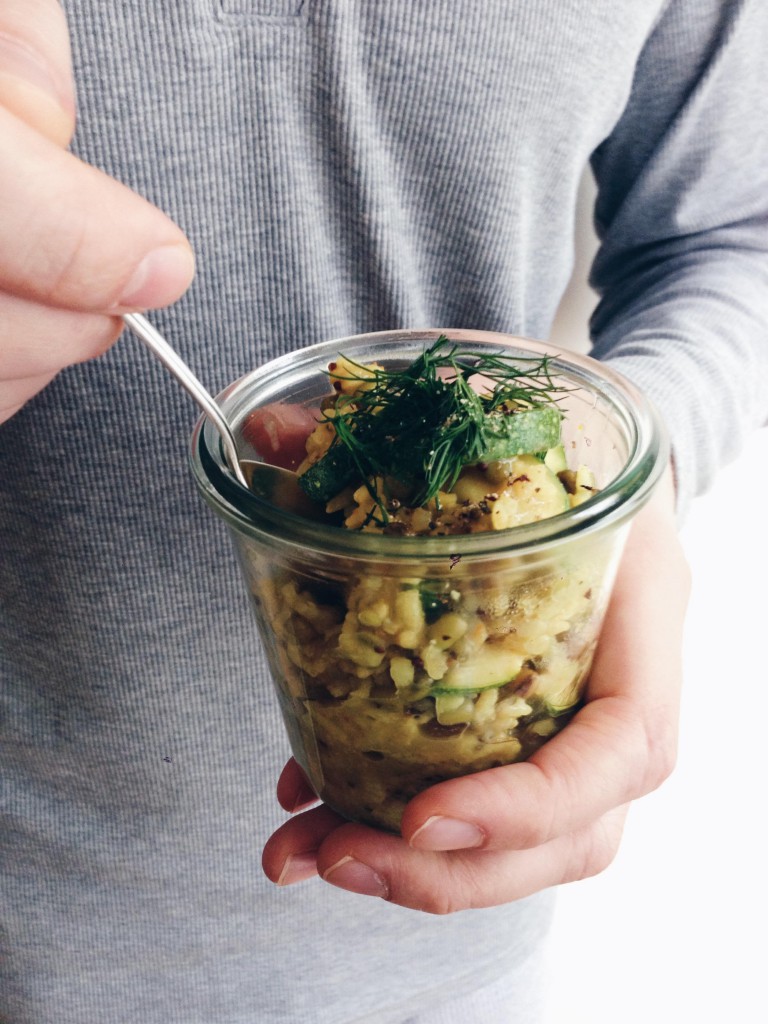 There may have been few signs of it lately on FRUCTOPIA, but don’t be fooled, fructose malabsorption still plays a major role in my life. While I sometimes feel as though the symptoms are not worth mentioning anymore, I can’t help but remember the hell I used to go through before receiving the liberating diagnosis. Who would have thought, I’m actually feeling rather fine these days. True story.
There may have been few signs of it lately on FRUCTOPIA, but don’t be fooled, fructose malabsorption still plays a major role in my life. While I sometimes feel as though the symptoms are not worth mentioning anymore, I can’t help but remember the hell I used to go through before receiving the liberating diagnosis. Who would have thought, I’m actually feeling rather fine these days. True story.
“Well, good for you!“ you might find yourself thinking. When you are new to fructose malabsorption and knee-deep into your elimination phase, you may also be asking yourself how anyone could possibly be feeling fine, when dealing with fructose malabsorption?
Well, let me tell you, it’s possible. You need to a) be quite rigorous, but not too hard on yourself and b) try cooking at home, a lot! The latter of course being quite a luxury. Not everyone is able to spare the time needed to conceive and then prepare a meal catering to the heightened needs of their digestive tract. As for being rigorous about what to eat and what not to eat…let’s just say that there are good days and bad days.
Let me elaborate. I’ve learned to be rigorous about turning down anything sugar, onion or wheat related. I also no longer mourn every baklava or apple strudel that crosses my way. However, every now and then, I still happen to let my guard down, when facing allegedly fructose free foods. As a result, 90% of the time, I am left to deal with the consequences. Three walnuts? Sure, no problem. But what if I shove three hands full of walnuts into my mouth because they are the freshest, most aromatic walnuts I’ve ever seen or tasted? Not a good idea.
Before you know it, you may find yourself back with that familiar feeling, lying around comatose, suffering from stomach pain and headaches. Believe it or not, as little as two extra servings of a supposedly fructose friendly food can mean trouble and should be avoided. How could anyone be that disciplined, right? Tell me about it.
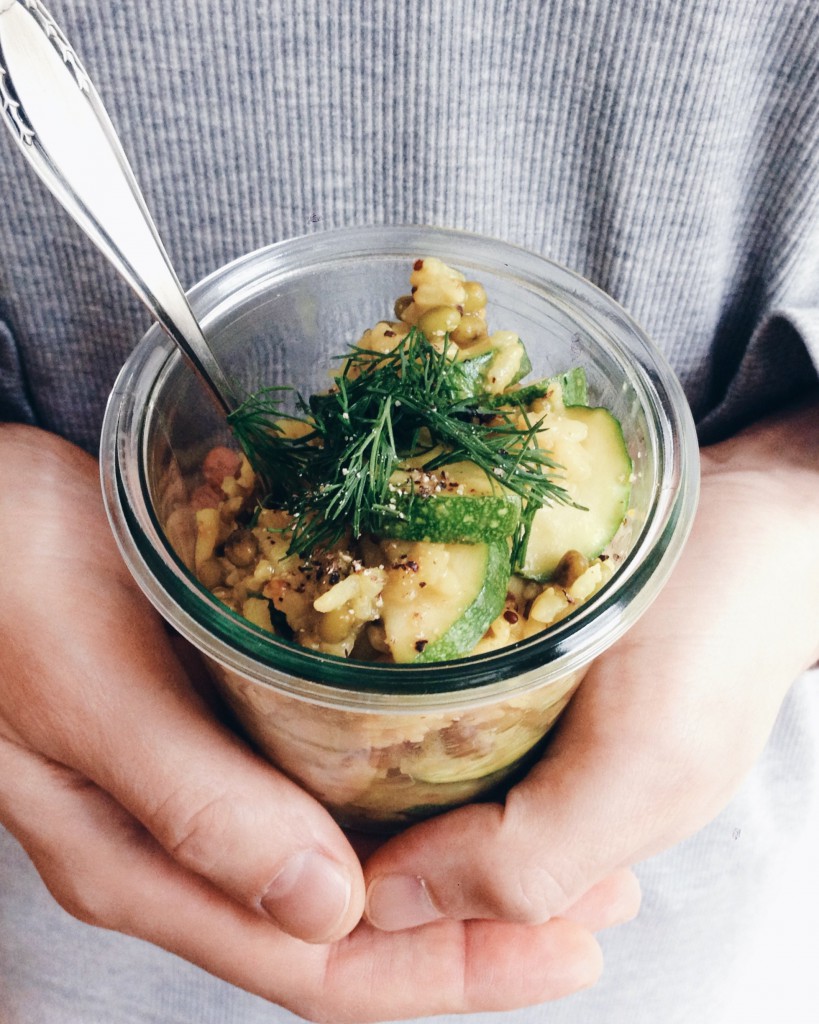 That being said, with the holidays and so much temptation around the corner, if you find yourself in this type of a situation, it may be time to pull the chord. Give your stomach and guts a rest. Consider fasting for a day, meaning no food at all. What?! Am I not turning down enough foods already? Why go on an all out fast?
That being said, with the holidays and so much temptation around the corner, if you find yourself in this type of a situation, it may be time to pull the chord. Give your stomach and guts a rest. Consider fasting for a day, meaning no food at all. What?! Am I not turning down enough foods already? Why go on an all out fast?
Good question! From personal experience I can say that withdrawing from all foods whatsoever for only a couple of hours or even an entire day, depending on the severity of your symptoms, can tremendously help to reset your stomach and guts. Instead of further overwhelming my insides with random cravings I occasionally decide to give my body a chance to cleanse itself.
Here’s what has worked for me. The night before I go on a fast I have dinner as usual, but skip the nibble afterparty. Then, for the next 24 hours, I only fuel on herbal teas and water. In case you were wondering, my stomach spares me any sensation of hunger. I don’t even feel like collapsing from exhaustion. On the contrary, I feel relieved and light as a feather. Our bodies usually have a sufficient amount of energy reserves to provide in these challenging situations.
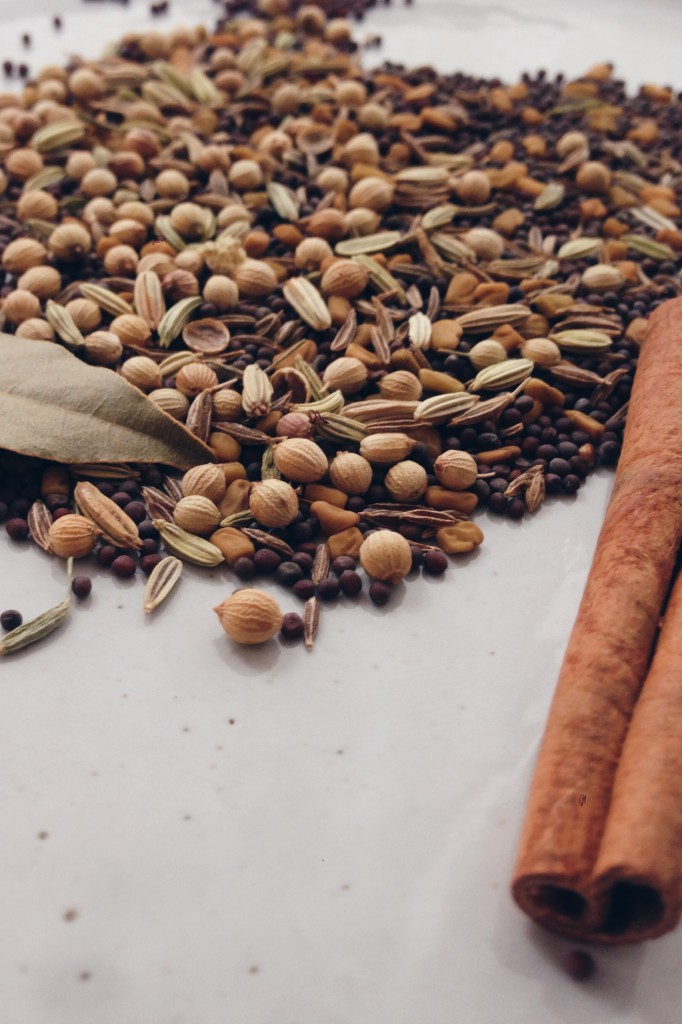 Once you’ve completed the fast (maximum 24 hours) you should be cautious as to what goes on your plate first. A reasonable portion, not too much fat, but an abundance of nutrients are just what I look for. Enter Kitchari. Kitchari or Kedgeree is a traditional Ayurveda dish mainly eaten during longer fasting periods, a true soul food. As soon as I start adding one spice after another, watching all the wonderful ingredients simmer away, the flavours becoming one, my muscles relax, giving way to a comfortingly warm feeling spreading within. Call it a 15 minute mini-therapy for the tired senses resulting in a hot bowl of rice and veggies, aka an amazingly soothing gut-remedy.
Once you’ve completed the fast (maximum 24 hours) you should be cautious as to what goes on your plate first. A reasonable portion, not too much fat, but an abundance of nutrients are just what I look for. Enter Kitchari. Kitchari or Kedgeree is a traditional Ayurveda dish mainly eaten during longer fasting periods, a true soul food. As soon as I start adding one spice after another, watching all the wonderful ingredients simmer away, the flavours becoming one, my muscles relax, giving way to a comfortingly warm feeling spreading within. Call it a 15 minute mini-therapy for the tired senses resulting in a hot bowl of rice and veggies, aka an amazingly soothing gut-remedy.
I admit, a bowl of hot rice and veggies may not sound like a rewarding finish or a potentially guts healing dish, but don’t be fooled. Grain and vegetables are in good company: No less than 13 different herbs and spices are united in this single dish. Individually they add taste, but when combined, they deliver a powerful punch against bottled-up food frustration and the abdomen’s well cared for collection of air. If there is one true happy meal, this is it. You know it’s gonna be good, even without fasting beforehand, even when you are simply in need of some comfort food to chase away the winter blues. So head over to your stove and cook yourself happy!
Please note: Fasting periods of more than 24 hours should always be approved by your physician. Fasts should only be performed if you are certain that your body is capable. I am by no means a doctor or nutritionist, I am simply sharing my personal experience on coping with fructose malabsorption.
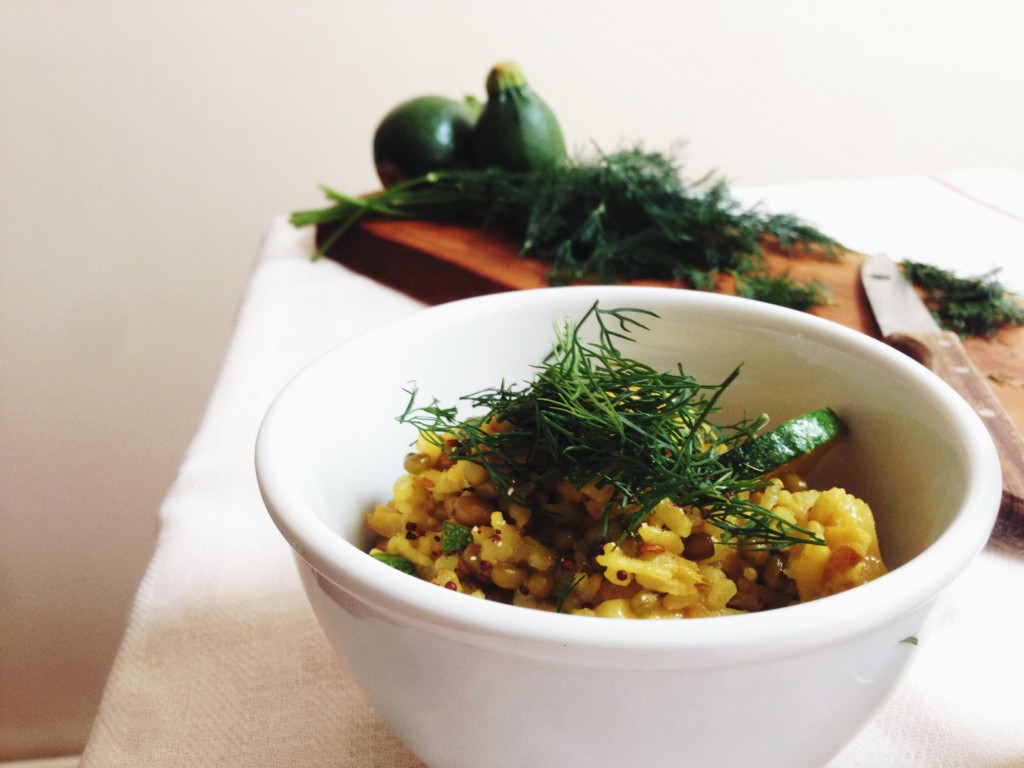
Kitchari – fructosefree, gluten free rice bowl
2 servings – adapted from one of Ulli’s recipes
This dish is as variable as it gets. If zucchini and dill aren’t yours, go by your personal liking, just make sure to add firmer vegetables earlier on in the cooking process. I like my Kitchari light, but in case you prefer something hearty, add some organic chicken. Don’t be intimidated by the long list of ingredients. All spices are universally applicable and won’t catch dust in your kitchen. Forgot to soak the mung beans, but urgently need a soothing bowl of rice? Just skip the green little gems and you’ll still be left with a nutritious dish. And if asafetida sounds like gibberish to you, check out this post.
Soaking time: 12 hours
Preparation time: 20 minutes
2 hands full of mung beans (about 1/2 cup)
2 hands full of rice (about 1/2 cup)
1 tsp. cumin
1/2 tsp. fennel, coriander and fenugreek seeds each
1 tbsp. ghee
1/2 tbsp. black mustard seeds
1 pinch asafetida
1/4 tbsp. ground turmeric
1 inch fresh ginger, grated
500 ml water (2 cups)
1 cinnamon stick
1 bay leaf
1/4 tbsp. Himalaya salt
1 zucchini, chopped
3 twigs of dill, dill tops picked and chopped
freshly ground black pepper
Place mung beans in a bowl and soak for 12 hours (or over night) in plenty of fresh water.
Rinse rice under fresh water until the water comes out clear. In a hot pan dry roast cumin, fennel, coriander and fenugreek for 1-2 minutes. Then grind with a mortar and pestle.
In a pot heat the ghee and add mustard seeds. As they start to splutter turn down heat to medium. Add asafetida, turmeric, ginger, mung beans and rice. Stir for a minute until everything is evenly coated. Add water, cinnamon, bay leaf and salt. Bring to a boil. Then let simmer for 15 minutes without covering the pot. Cooking time is largely unattended, no need to stir either, more time for you to relax.
After the 15 minutes are up, add zucchini or other vegetables that don’t require long cooking time. Let simmer for 5 more minutes until all the liquid is absorbed and the rice is done. Season with salt, freshly ground pepper and dill tops to serve.
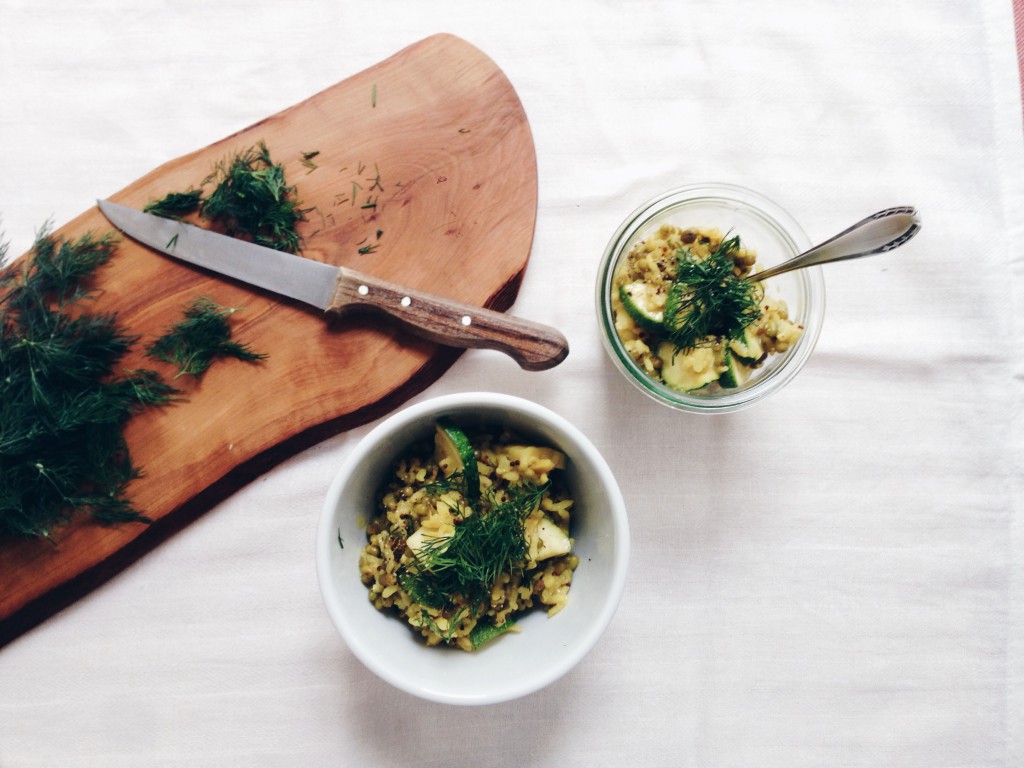
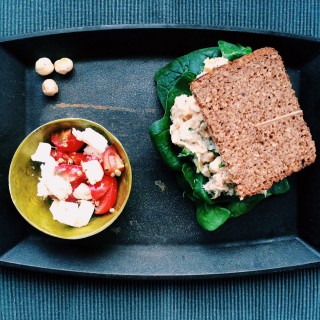
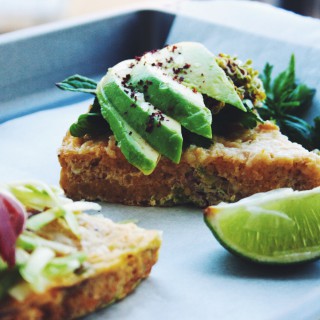
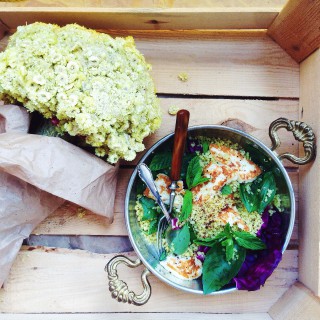
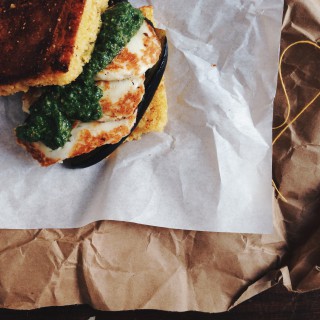
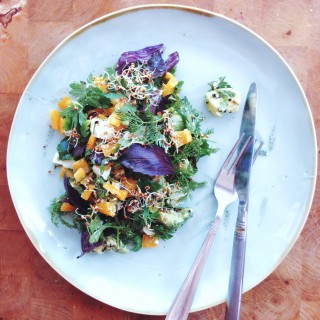
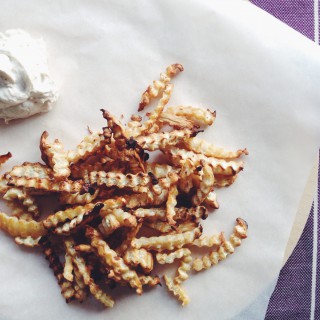
Hi Deniz, danke für das tolle Rezept! Ich kannte Kitchari schon, aber diese Variante gefällt mir besonders gut, weil die Gewürze extra geröstet werden und das Gemüse ohne viel Aufwand mitgegart wird.
Ich wollte dich fragen,ob du eine verlässliche Quelle bezüglich des Fruktosegehalts von Mungbohnen hast. Ich konnte beim Googeln leider nichts Offizielles finden.